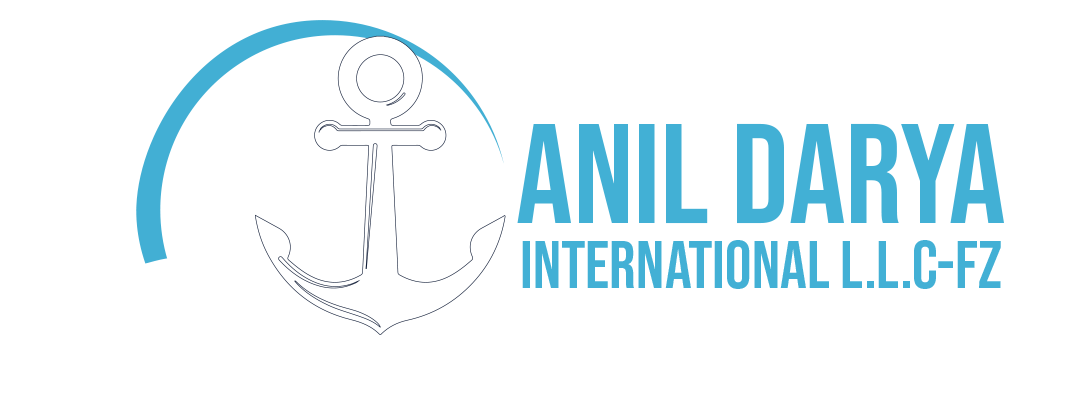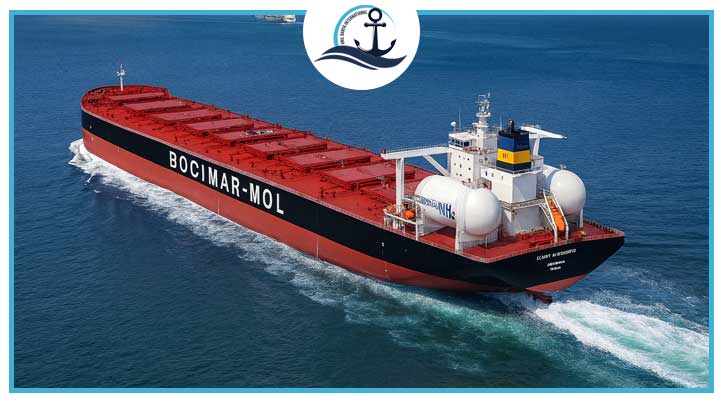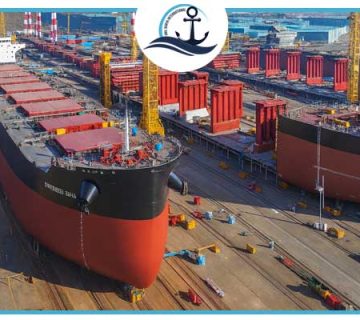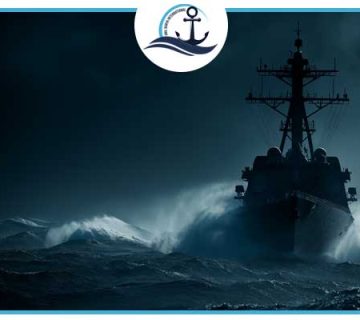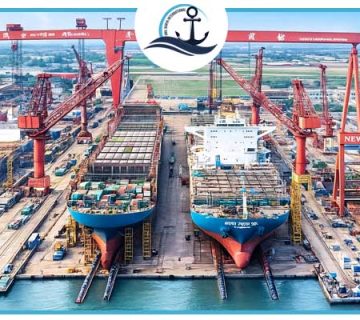|
Getting your Trinity Audio player ready...
|
MOL is First Shipping Company to Join Australia’s Ammonia Bunkering Project
Japan’s Mitsui O.S.K. Lines (MOL) has become the first shipping company to join Australia’s pioneering ammonia bunkering project in the Pilbara region, marking a major step toward the creation of a green sea freight corridor between Western Australia and Asia. The project aims to supply and bunker ammonia-fueled Capesize bulk carriers, advancing global efforts to decarbonize maritime transport.
Strategic Collaboration for Clean Marine Fuel
MOL will collaborate with NH3 Clean Energy, which will provide blue ammonia, and Oceania Marine Energy, the company responsible for managing the bunkering operations. The Pilbara Ports Authority (PPA)—which oversees the Port of Dampier—is also a key participant, managing port operations and issuing ammonia bunkering licenses.
The initiative seeks to begin ammonia bunkering for Capesize bulkers at the Ports of Dampier and Port Hedland by 2030. The Pilbara, already home to the world’s largest iron-ore export port, is strategically positioned to support this shift toward cleaner sea freight operations and alternative marine fuels.
MOL’s Commitment to Ammonia-Powered Vessels
MOL is already heavily invested in ammonia dual-fuel technology. In partnership with CMB.TECH, the company will charter and operate three Capesize bulkers currently under construction at Qingdao Beihai Shipbuilding—part of China State Shipbuilding Corporation (CSSC).
CMB.TECH, together with WinGD, is developing a 72-bore ammonia-fueled engine, with MOL signing 12-year charter agreements for each vessel. Through this new partnership, MOL will contribute operational expertise to help develop safe, efficient ammonia bunkering standards for large-scale shipping.
Pilbara: A Green Maritime Gateway
According to Pilbara Ports Authority CEO Sam McSkimming, the region’s 4,000 annual vessel calls and 1,000 unique bulk carriers make it the ideal location to launch a clean-fuel transition for global shipping.
“The green iron corridor between the Pilbara and East Asia has the scale, demand, and infrastructure to support major maritime decarbonization investment,” said McSkimming.
The initiative will leverage existing port facilities, logistics networks, and regulatory frameworks, providing a foundation for future green fuel export hubs across the region.
NH3 Clean Energy’s WAH2 Project
NH3 Clean Energy is also developing the WAH2 Project in Maitland, adjacent to the Pilbara. The project will use natural gas infrastructure, carbon capture technology, and renewable inputs to produce clean ammonia.
Initial bunkering demand is expected to reach 300,000 tons per annum (TPA)—approximately half of the Phase 1 production capacity. The remaining ammonia output will be exported for industrial and energy use, including power generation and heavy manufacturing.
NH3 Clean Energy says that the new agreement with MOL will play a key role in achieving a final investment decision (FID) by the end of 2026, once pre-FEED studies are completed.
Significance for Global Sea Freight
The collaboration positions Australia as a key player in the energy transition of global sea freight, offering a scalable model for clean-fuel bunkering and long-haul decarbonized trade between Asia and the Pacific. As maritime operators face increasing IMO 2025 and 2030 emissions targets, projects like this will redefine how large-scale shipping balances growth with sustainability.
